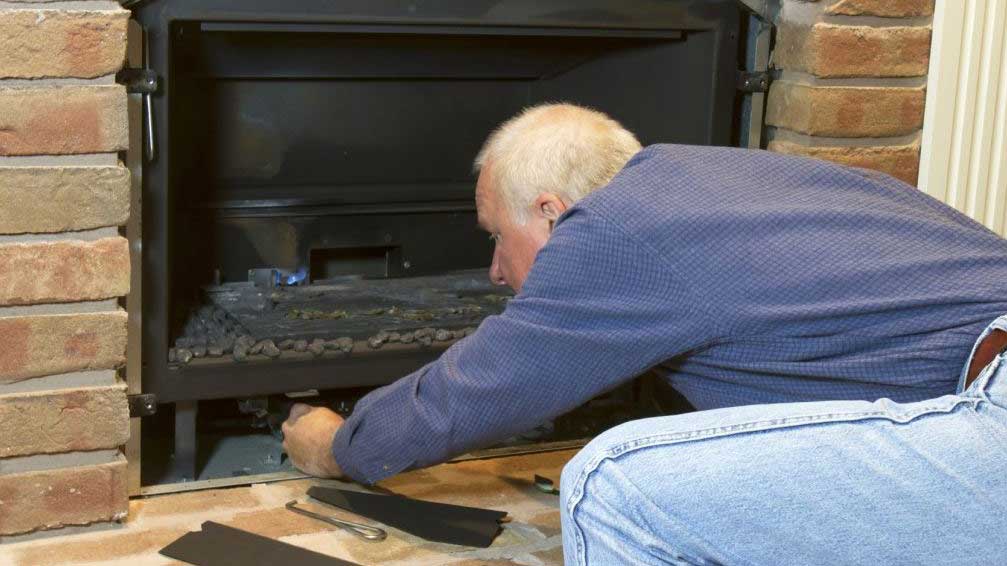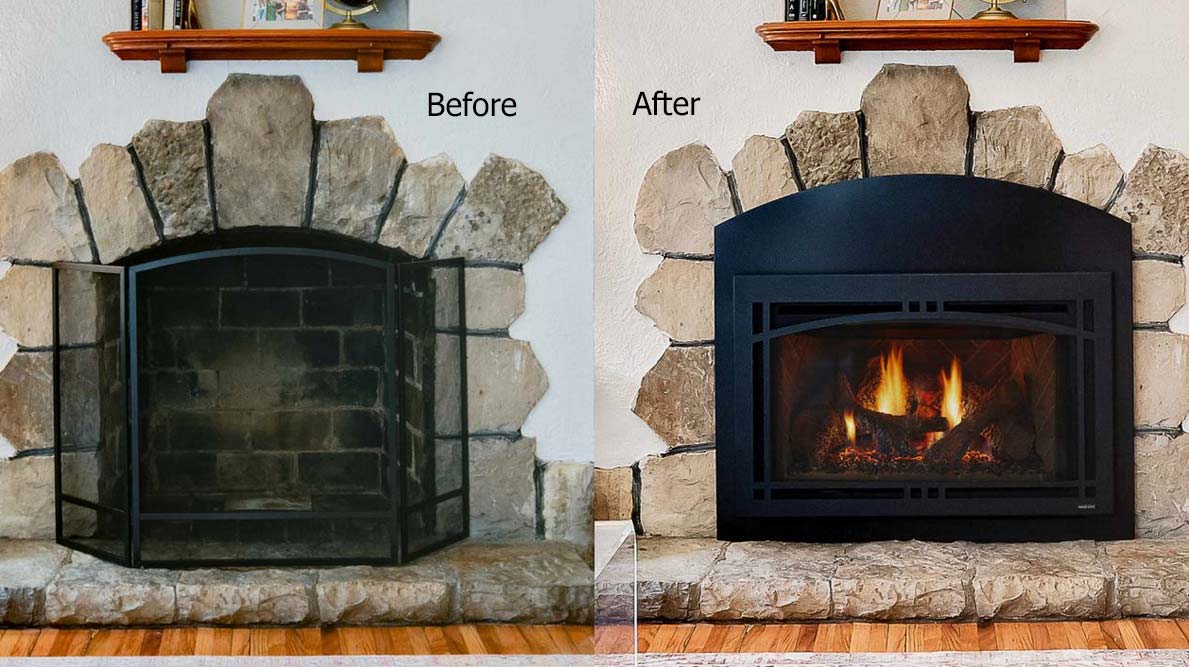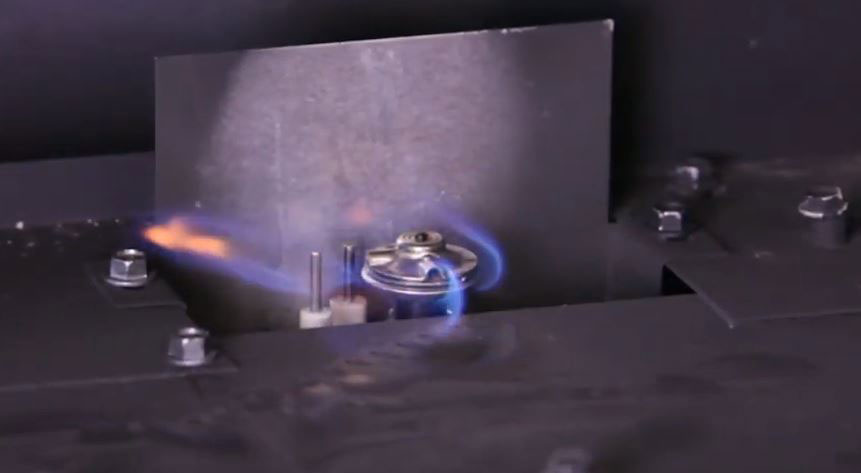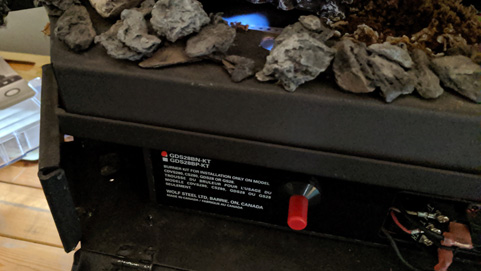Pre-Season Maintenance
We can feel the seasons changing, and that means cooler temps. Is your fireplace ready to reliably heat your living space this winter? Whether you do your annual maintenance in the spring or the fall, it is important that you do it every year. Furthermore, it is important to get a certified technician to look over the mechanics of your fireplace. The annual maintenance section of your manual will also outline the proper steps for annual maintenance. Annual maintenance should start with cleaning, battery replacement, venting inspection and inspection of the burner, media, and firebox. After you have cleaned your unit it is time to dig in and start your maintenance. Your annual maintenance should include : • Gently clean your glass inside and out with ammonia free glass cleaner. • Carefully remove media if necessary (logs, glass, brick panels, etc.). • Using a vacuum with soft brush attachment, gently remove any dirt, debris, or carbon build up from the logs, firebox, and burner. For glass media, follow the installation instructions for pre-cleaning. • Gently remove any build-up on the pilot assembly including thermopile, thermocouple, flame sensor, and igniter (if equipped). • Clean flame sensor using a fine emery cloth or a synthetic scrub pad (such as Scotch-Brite™) to remove any oxides. Clean the pilot assembly using a vacuum with a soft brush attachment. It is important that the pilot assembly is not painted. • Inspect all accessible gaskets and replace as required. • If equipped with a blower, access the blower and clean using a soft brush and vacuum. • Inspect the relief system. The appliance relieves through the main glass door or through the flaps on the firebox top. ensure they open freely, [...]







